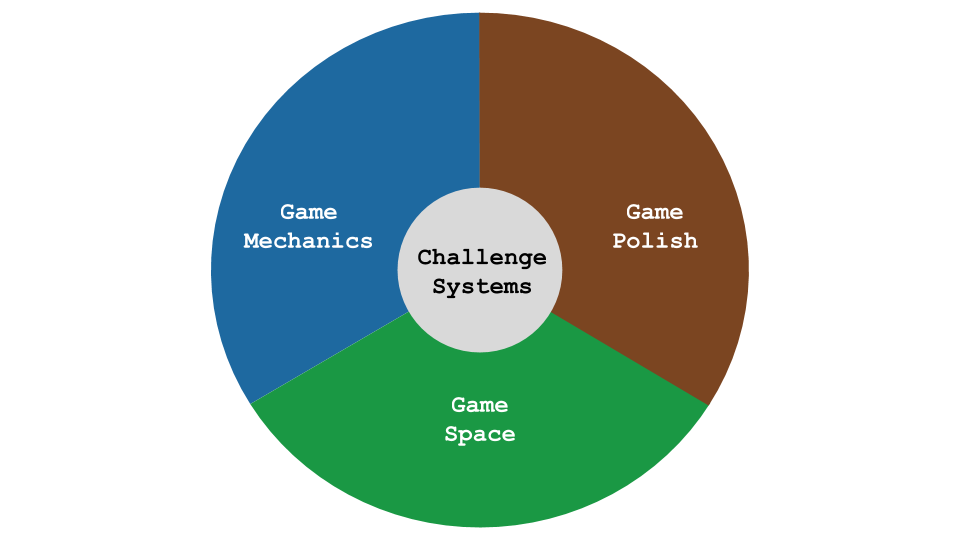Missions
The resources here are part of a learning model which has the following elements:
- Game Making MISSIONS main missions involve choosing authentic game making design patterns from a menu. Other side missions help with engagement of different making preferences.
- A MAP of Learning Outcomes particularly suited to digital game making, presented in an accessible format to teachers and learners.
- Design METHODS are techniques that facilitators and learners can use to help navigate the process of making a game and reflecting on what is being learned in the process.
This page outlines different kinds of missions that are used in this game making approach. It needs to be rewritten to make it concise and with nods to existing, similar approaches.
Methods Using Missions
- Macro Mission - Tell a Systems Story (environmental or social) through a game
- Improving Half-Baked Game
- Player and Maker types & Specialised missions
- Limits to the Mission based approach - meeting your self in the middle
Using Game Design Patterns as Missions
One of the driving ideas of this approach is to choose game making design patterns from a menu
Main Macro Mission
The starting hook for our mission is to make a game which tells an environmental or social story. This approach is sometimes called Games for Change. The game doesn’t need to be too serious and of course it can be a lot of fun. Having a bit of a guide for what kind of game to create can be helpful if learners are unsure of where to get started.
Navigating with Game Design Patterns
The key idea of this approach to game making is to start with a simple Platform Game Template to Remix and to add Game Patterns from a menu of possibilities.

Improving Half Baked Games
This process is a way to jump right into altering code. Instead of planning from first principles, learners are given a game that is designed to provoke players to tweak it. This process is inspired by game modding and a process called using half-baked games .
We start coding by jumping right in. Try to play this game. It’s broken right? You can’t jump high enough. Now look at the code of this broken game and use the link to workshop cards with activities to fix the game and add some elements quickly.
Extra Missions (suits Socializers and Griefers especially)
Extra Mission Cards These extra missions encourage us to think of our games as dynamic systems that change as we play the game.
Mission Cards for this Sessions
You can point them towards elements of systems thinking that arise from these challenges. These may include the following.
Social Mission Cards Public Missions
Secret Mission Cards Secret Missions